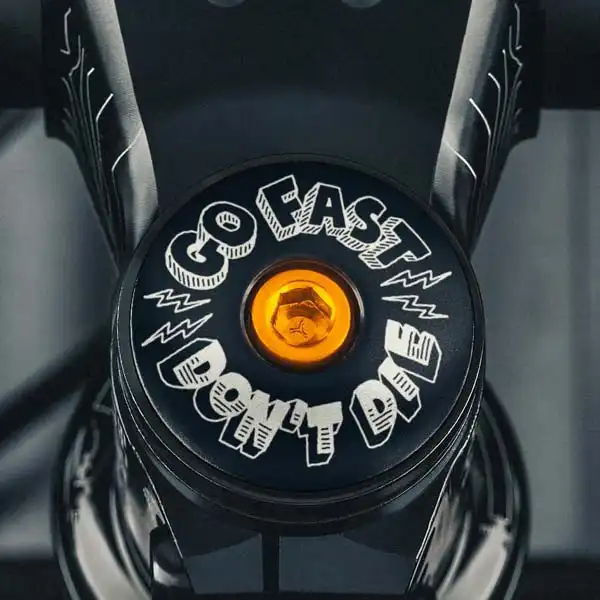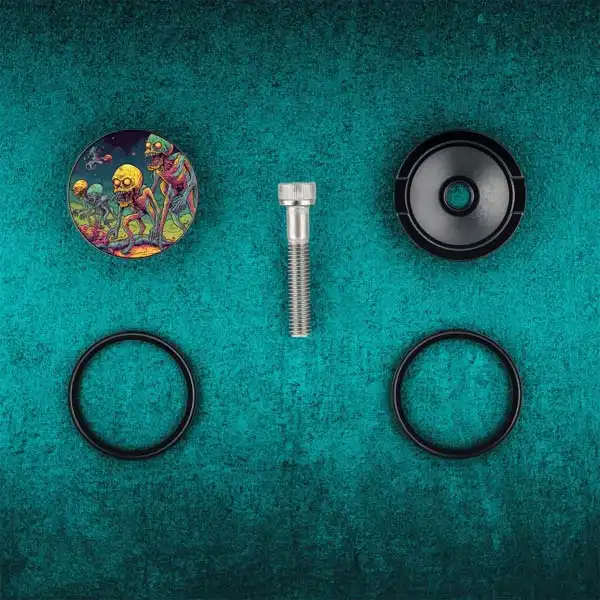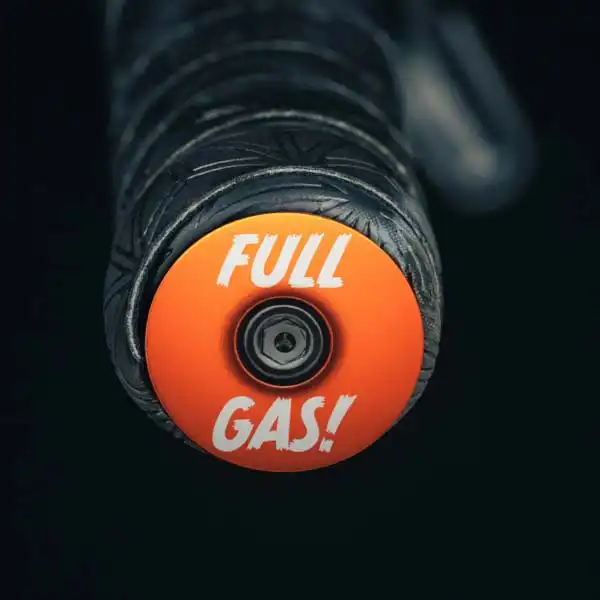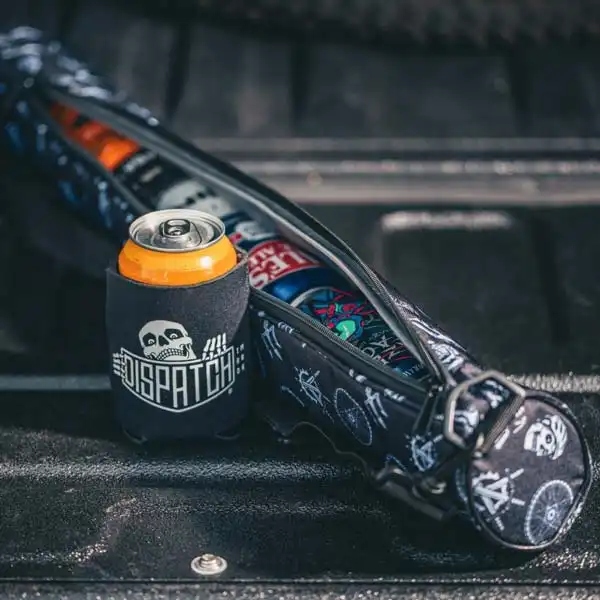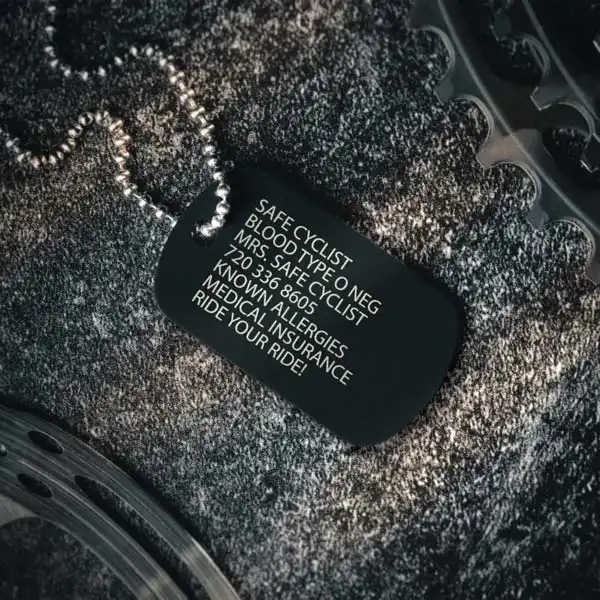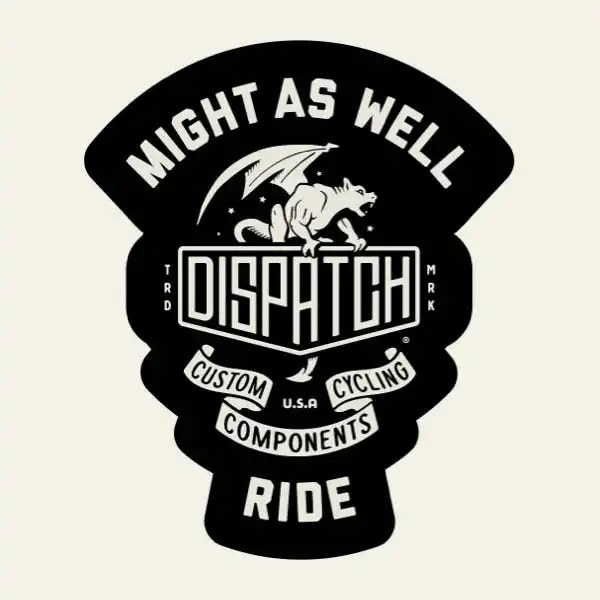Bicycle Mechanical Road Disc Brake Roundup
Once reserved for only the most elite (read, expensive) rigs, hydraulic disc brakes have become more common on gravel, cross, and even road bikes. With hydraulic brakes’ increased popularity, you might think that the mechanical disc brake is all but dead. Not so. Hydraulic brakes may be the new hotness, but many road and gravel riders still prefer the simplicity and reliability of cable-operated disc brakes. And in 2022, mechanical disc brake fans have more choices than ever.
Why choose mechanical over hydraulic brakes? Compatibility, for one. Hydraulic brakes require dedicated levers, whereas mechanical disc brakes can be paired with practically any cable-operated lever or shifter. Bleeding hydraulic disc brakes may have gotten easier, but fixing a problem in the field is much simpler with mechanical brakes. Lastly, cable-operated disc brakes cost less than hydraulics–especially when you can reuse your existing levers.
All three of the brakes that I tested are designed for use with drop bar levers. Those types of levers pull less cable than MTB-style levers, so you need to match the lever with the correct type of caliper. I tested each brake with Shimano’s 105 STI (5800) and SRAM’s Rival 22 levers. Although some manufacturers recommend smaller rear rotors on road and gravel bikes, I went with 160 mm rotors front and rear. And because frames and forks often require specific adapters, weights do not include mounting hardware or adapters (but include pads).
Paul Klamper
Paul Price has been been making rim brakes for more than two decades, but last year he introduced the Klamper ($179 MSRP) mechanical disc brake. At first glance, the Klamper looks a bit like an Avid BB7 on steroids. Both brakes rely on a single moving piston and have tool-free pad adjusters, but that’s where the similarities end. Constructed in-house from 6061 aluminum, the 212 gram Klamper features interchangeable actuator arms for short- and long-pull lever compatibility. Inside the calipers you’ll find larger balls (that roll on hardened steel) for increased pad travel, and flat needle roller thrust bearings instead of a plastic washers.

As with other single-piston brakes, the Klamper’s outboard pad contacts the rotor first, and then pushes the rotor against the inner pad. Fine tuning the brake’s modulation can be accomplished by increasing or decreasing the space between the pads and rotor, but the overall braking power remains essentially the same. I found the Klampers’ pad adjusters to be somewhat stiff at first, but once broken in, they could be adjusted easily on the road or trail. Due to the size of the caliper, accessing the inner adjuster can be a bit tricky, but the adjuster will accept a 5 mm hex key in a pinch.
Paul’s Klamper may not have the raw stopping power of a hydraulic disc brake, but the Chico, CA-made caliper is a definite step above other single-piston designs. But the Klamper isn’t just about power. Paired with the right levers, the brakes ramp up nicely while avoiding any on/off feel at the end of their travel. And speaking of travel, the short-pull version that I tested worked noticeably better with Shimano’s 105 levers due to the latter’s increased cable travel. Whichever brand lever you choose, however, you’ll probably want to pre-load the Klamper’s actuator arm as shown in this video (fast-forward to 5:00).
Shimano CX77
Shimano’s CX75 was one of the earlier road-compatible mechanical disc brakes. Due to performance-related issues, the company recalled the CX75 and replaced it with the improved CX77 ($69.99 MSRP). Shimano classifies the CX77 as a non-series component, meaning it’s compatible with a wide range of levers/shifters (and the brake’s grey finish looks good with both silver or black groupsets). Like the Paul Klamper, the CX77 features a single movable piston. While the CX77 may lack niceties such as tool-free pad and cable adjusters, it was the lightest caliper tested at 151 grams.

Setting up the CX77 is straightforward, but requires a lot of different tools. You’ll need a 5 mm hex key for the caliper and cable mounting bolts, a 3 mm hex key for the inner pad adjuster, a 2.5 mm hex key to adjust the outboard pad, and a small flat-blade screwdriver for the pad retainer. To further complicate things, the outer pad adjuster lacks any detents, and accessing the bolt can be difficult on some frames. The CX77’s stock resin pads proved quiet in dry and dusty conditions, but rain or snow would leave them squealing. Thankfully, Shimano’s XT (M785) and XTR (M985) brakes use the same G-series pads, so alternatives are available from third-party manufacturers.
As you might expect, the CX77 calipers worked great with Shimano’s levers. I was pleasantly surprised, however, to find that the CX77s performed equally well with SRAM’s Rival levers. The SRAM/CX77 combination didn’t allow for quite as much pad/rotor clearance, but that was only noticeable in muddy conditions, or with out-of-true rotors. SIngle-piston brakes sometimes get a bad rap for having a harsh, on/off feel that’s difficult to modulate, but that’s not the case with the CX77. They didn’t have the road-like feel of a dual-piston caliper, but the single-piston Shimano calipers offered solid braking without the tendency to unexpectedly lock the wheel.
TRP Spyre
If you’ve ridden a cantilever-brake-equipped bike in the past ten years there’s a good chance that those brakes were made by Tektro/TRP. That’s not to say that TRP is sleeping on disc brakes for road and gravel, though. The company now offers no less than five mechanical road disc brakes in addition to one hybrid model and two hydraulic systems. The basic 159-gram Spyre model that I tested may lack the carbon bits found on its pricier siblings, but it shares the same dual-sided actuation and adjustments. Like Shimano, TRP experienced some issues with early Spyres, which resulted in a recall of approximately 2,000 calipers in 2013.

Although the Spyres may lack tool-free pad adjusters, setting up the brakes is incredibly easy and requires only 3 mm and 5 mm hex keys. Attach the caliper with the mounting bolts finger tight, install the cable, pull and hold the lever, and tighten the mounting bolts. Thanks to the brakes’ dual-piston design, the calipers basically align themselves. The pad contact points can be fine tuned with a 3 mm hex key, but the inner and outer adjusters lack detents or indexing. Further fine tuning can be performed via the built-in barrel adjuster.
With their strong return springs, the Spyres have an extremely snappy feel at the lever. While this may not matter in dry, warm weather, it can be a real asset in gritty conditions. While I prefer the ergonomics of SRAM’s levers, I found that the Sypres performed best with the Shimano 5800 levers. The latter produce slightly more cable travel, which enables more clearance between the pads and rotor. Paired with either lever, though, the Spyres disprove the myth that road disc brakes lack modulation and control. Once bedded in, the mechanical TRP stoppers performed much like the company’s dual-pivot caliper brakes (which is very high praise).
Summary
All three of the above brakes offer viable alternatives to hydraulic setups. Because mechanical systems lack the automatic pad adjustment found on hydraulic brakes, they require a little more maintenance and attention to detail during installation and setup. Don’t underestimate the importance of cables and housings for mechanical disc brakes (or any cable-operated brake, for that matter). You’ll definitely want die-drawn or coated cables and compressionless housing (I used Jagwire’s excellent Road Pro XL kit). And as always, the late Sheldon Brown offers some very sage advice on the subject. Rotor and pad choice can also affect performance. Don’t be afraid to try different pad compounds or rotor sizes to dial in modulation and stopping power.
Paul Component Engineering, Shimano, and TRP provided review samples for this article, but offered no other form of compensation in exchange for editorial coverage.
